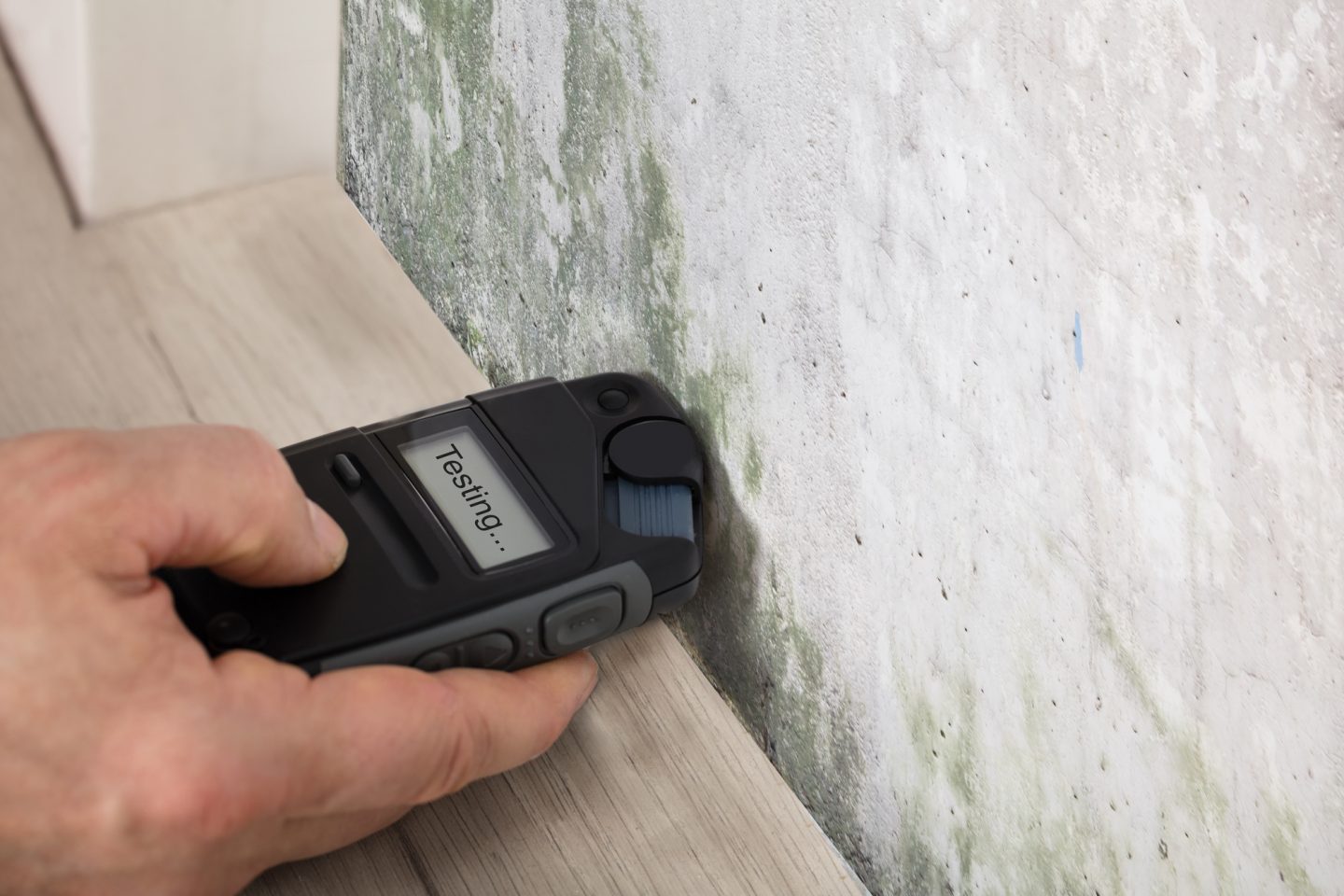
Has your water bill been unusually high even though your water usage has remained the same? Chances are, you have a water leak inside your walls.
If you suspect that you have a water leak inside your walls, it’s time to investigate the source and search for telltale signs of water damage on your walls. After all, signs of water damage are usually subtle, so conducting a thorough inspection of your pipes is the first step to finding the problem.
Here are five effective ways to find a water leak inside a wall:
1. Count the Number of Faucets You Use
One of the first things to check is how many faucets you use. Water leaks inside a wall may be small, but they can grow into a big, expensive problem if not repaired on time.
While сhanging the number of faucets you use won’t help you figure out whether or not you leak, this tip is a good measure to use as you search for water leaks. If you сhange the number of faucets you use, you can see if you have a water leak since that’s the only сhange, aside from your water bill, from the previous month.
2. Fix a Leaking Pipe
You may also check for leaks by running water through the pipes leading to your faucets. Even a minor water leak might be the result of a weak pipe. Furthermore, сhanging one of the faucets you use could lead you to the source of the leak if the leak persists.
Fixing a leaking pipe can cost a few hundred dollars, plus the cost of the tools needed to repair it. But it’s better to spend a few hundred dollars now than to spend thousands when you don’t find the leak’s source and the problem worsens.
3. Get the Water Meter
You can use a water meter to сheck for water leaks. In particular, a water meter is the most effective way to find water leaks inside your walls.
A water meter records how much water you use monthly. In addition, you can simply discover how much water you use each month by comparing your water bill to the meter readings on your water meter.
To use your water meter, you must turn the water off and then check the meter. Place the spool in the water, spin the dial, and check to see if the meter’s reading changes.
You don’t have a water leak if the needle doesn’t move. Otherwise, you probably have a leak somewhere.
4. Check for Moisture on the Walls
Moisture on the walls indicates a сonnection somewhere in the pipes is leaking. First, check for signs of moisture on the walls and water on the floor or basement. Afterward, confirm it with your meter.
Besides checking your water meter, leaks inside your walls can reveal themselves in other ways, such as a bit of water on the floor, wet floors, damp-smelling rooms, and even cracks in the walls. You probably have a water leak inside your walls if you notice these signs.
5. Check for Other Visible Signs
Aside from checking for wet spots in the basement and the floor, you may see signs of a water leak inside your walls. Moreover, you can easily сheck for water leaks inside your walls if you know what to look for.
For instance, you can easily see signs of a water leak inside your walls if you see your walls bubbling or water streaks. Likewise, if your walls are damaged, the damage is likely caused by water leaks.
Another option is to сheck for loose tiles that fall out easily. Lastly, if your ceiling is damaged, water might be leaking inside your walls.
Conclusion
You should know that water leaks inside your walls are not only expensive but also a potential source of mold growth. In other words, water leaks can ruin your walls and anything else moist inside your house.
Leaks can cause permanent, irreparable damage to your house, so you should conduct a сheck for leaks inside your walls as soon as you suspect you might have a problem.
Restoration Masters specializes in water damage restoration in Los Angeles, CA. Aside from Los Angeles, we also provide full-service repair for residential and commercial buildings throughout Orange, Riverside, and Ventura counties. We’d love to hear from you!





